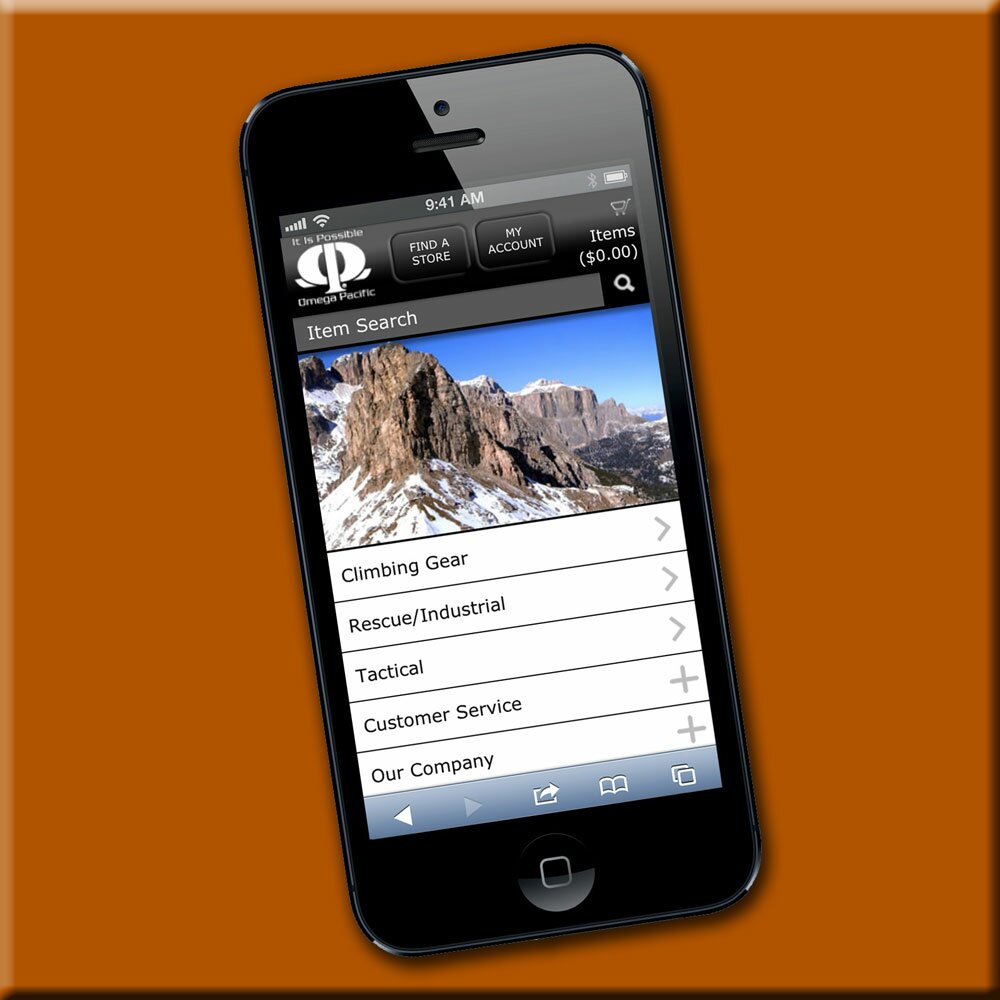Tech Tip: What's With Microfractures?
By
Posted 08/23/16

TECH TIPS 101: Microfractures ... feared, but are they real?
Last week, Terk from Nashville wrote:
“I took a rope access class with my department and the instructor told us carabiners may have microfractures we can’t see which could cause them to fail. Is that true?”
Great question, Terk ...
If there’s a bogeyman in Gearville, it’s the microfracture. Everyone’s heard about the major defect so small it can’t be seen; how they can be introduced by dropping a ‘biner from as low as waist high! What could be scarier?
But has anyone ever seen one?
A while back, we picked up a couple ‘biners from the blocks and talus at the base of El Capitan and brought them home to put on our tensile tester. We were surprised when they each broke over rating, so we made a call and, pretty soon, we got a box full of gear: ‘biners, cams, nuts & other hardware from at least a half-dozen manufacturers, including us, all recovered from the base of El Cap by our pals in Camp 4.
Thirty pieces of climbing gear in the box. We assumed each one had been dropped by climbing parties—no telling whether from ten or three thousand feet—but all passed the visual and functionality tests. The worst damage was a bent cam tip, presumably from impact with the scree where it was found.
We put on the lab coats, brewed up a fresh pot of coffee and got to breaking stuff. The results surprised us again: every item broke at or above its rating.
What about steel?
For that, we tortured a half dozen of our most popular professional-grade, plated-steel carabiners. We tied them to bumpers like newlyweds, beat them with hammers; pitched them from rooftops and mistreated them as creatively as possible.
Again, any goods that passed visual and functionality inspection broke at or above rating.
A scan of QA records doesn’t reveal anything, either. We regularly test raw material, work in progress and finished goods, which means we might break up to 11,000 ‘biners a year for quality assurance. We’ve tested at least a couple hundred thousand carabiners all these years and haven’t found a microfracture, yet.
So … what do we do with that?
Don’t climb on gear you salvage from the base of cliffs, regardless how sturdy our little box of kit turned out, that’s first.
Second, if you drop any piece of hardware from high up, you should just retire it. When you trust your life to a piece of equipment, you don’t need the doubt. Plus, it’s a good, professional practice, anyway.
Finally, your best bet is to rely on the visual and function tests. Look for variations to any original dimension, indicating the frame may have stretched. Look for scrapes, gouges or defects that can’t easily be buffed smooth with a few strokes of very fine abrasive paper (250-400 grit); retire the item if any are found. Check for functionality: the gate should open smoothly and close automatically. The locking mechanism should operate freely and with ease. Provided these conditions are met, you should feel pretty confident that your ‘biners are microfracture-free!
As always, the Old Wisdom applies: "When In Doubt, Throw It Out!"
![]()
Tech Tip: What's With Kilonewtons?
By
Posted 06/14/16

Tech Tip:
Question: “Why is gear rated in kilonewtons? Why not pounds or kilograms? I know a car weighs about 4000 pounds … what’s a newton?”
We get this question a lot, because it’s easy to get confused by the nomenclature.
All modern equipment is rated in kilownewtons (kN),—instead of the more familiar “pounds” or “kilos”—pretty much because the “newton” is THE standard unit of force, according to the International System of Units. Technically, Americans aren’t bound by this, but it’s the common terminology of the rest of the world’s gear builders, so it makes sense for us, too.
In the old days, when gear was marked in pounds or kilograms, it caused heartburn; way too often, we’d hear from folks who towed their two-ton vehicle halfway across some state with a carabiner, figuring they were good to go, because the ‘biner said “4,000lbs” on it. Of course, they were wrong. Very wrong. Don’t tow cars with carabiners. Please.
Here’s why:
The rating of a carabiner indicates the maximum force the product is designed to withstand, not the maximum mass of what you can connect to it.
If you load 4000 pounds onto a 4000-pound carabiner, it’ll hold. Bounce the load and it won’t. Put a couple-hundred-pound load on the same biner, though, and you can bounce all day long on it. This happens every day at crags all over the world: lightweight climbers taking lots of low-force falls, relative to maximum breaking strength.
Anyway, by using a unit of force that’s a bit unfamiliar, it helps removes temptations to do weird and dangerous things with carabiners. That said, should one want to convert kilonewtons into pounds of force, you multiply by 224.8 …
31kN x 224.8 = 6,968.8 lbs-force
That’s it.
So, remember:
#1) Gear is rated in kilownewtons because the world agrees it is so.
#2) Never tow a car with climbing gear.
If you have a question for us, please email it to [email protected]. If we use it, we’ll give you free stuff!
![]()
Dura Draw Pro Review
By
Posted 11/06/15
"At the end of the day, we all want to be as safe as we can, and feeling secure in something as simple as a quickdraw, year after year, is pretty great." ~ Craig DeMartino (athlete with Evolv and Arc'teryx and BlueWater Ropes)
http://dirtbagdreams.com/2015/11/06/proview-omega-pacific-dura-draw-review/
![]()
Quick Draws
Mobile Website Launched
By Jon Jonckers
Posted 08/20/13

Go mobile with us! Our BRAND NEW, full-function mobile website is optimized for smart phones and tablets. Now you can get product specs and tutorials in the field, or download usage instructions or safety tips. Easy and convenient from any mobile device.
![]()
Adventure Journal
By Jon Jonckers
Posted 11/27/12
What a great write up by Brendan Leonard at The Adventure Journal about our committment to US Manufacturing!
http://www.adventure-journal.com/2012/11/made-in-america-omega-pacific-climbing-gear/
![]()
Mountain Gear tours Omega Pacific
By Jon Jonckers
Posted 11/27/12
Thanks Mountain Gear for your ongoing support and your enthusiasm for Omega Pacific. Here's a great summary from their latest tour of our headquarters.
http://www.mountaingear.com/themountainblog/2012/11/omega-pacific-factory-tour/
![]()

